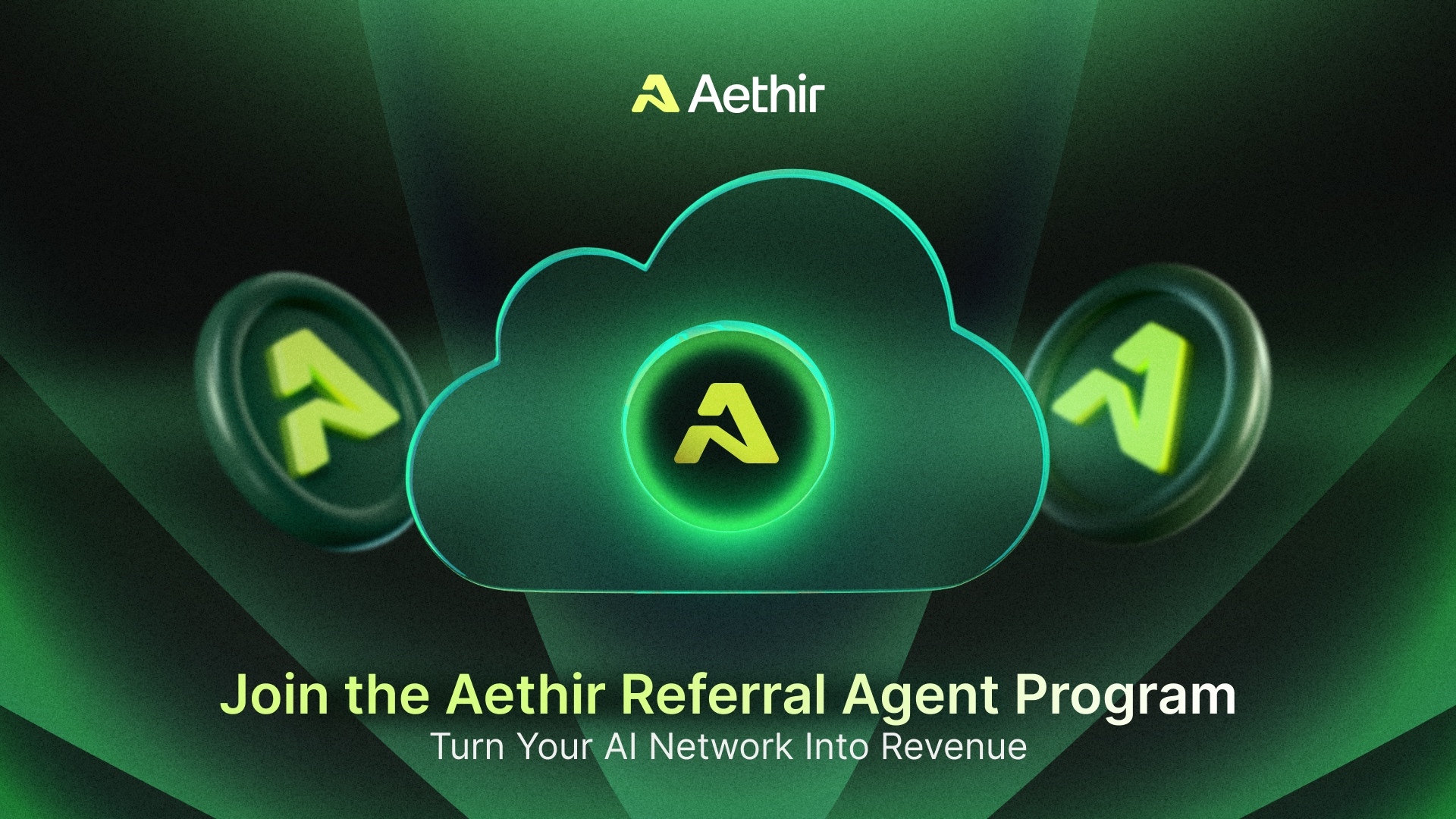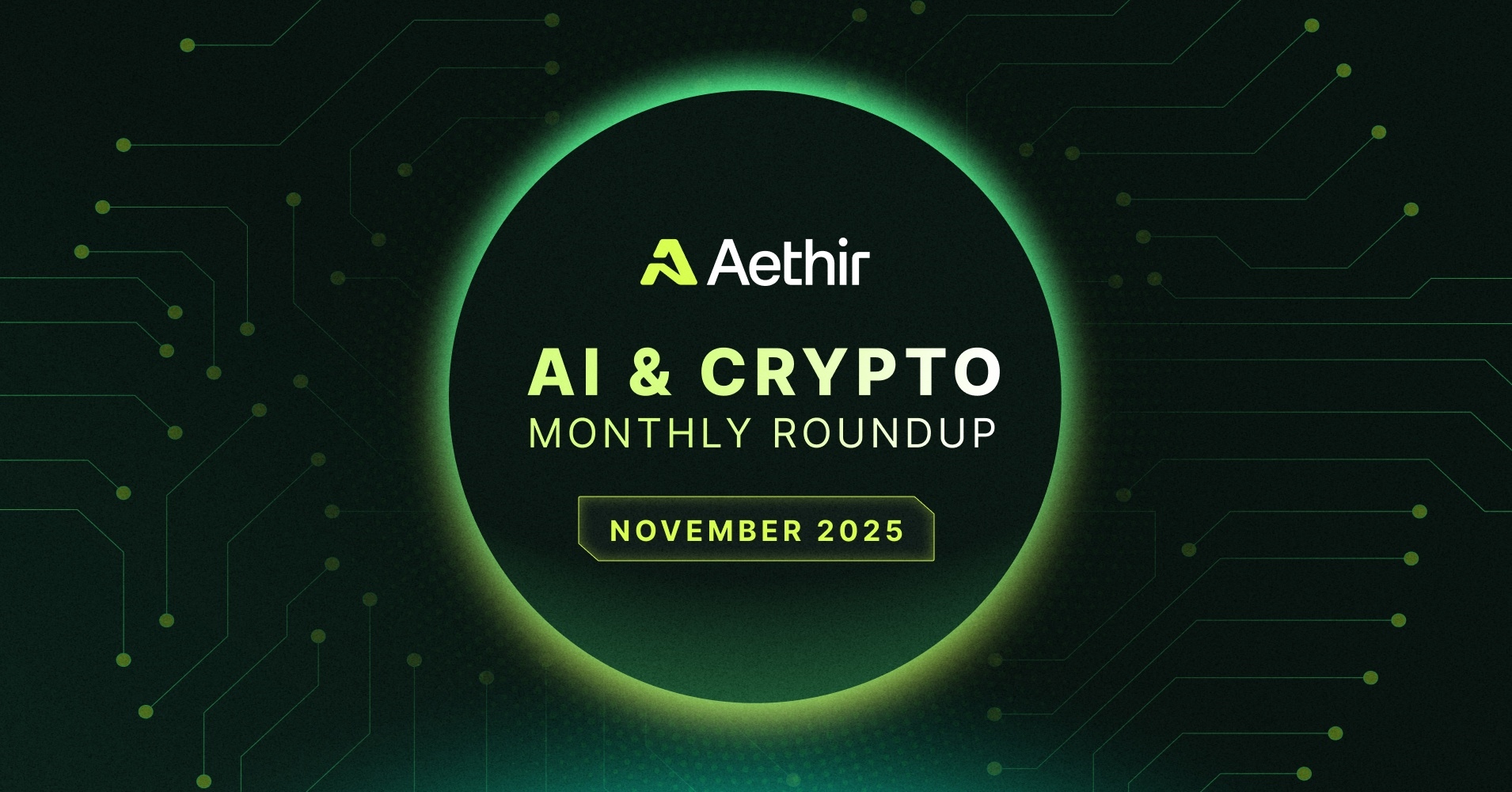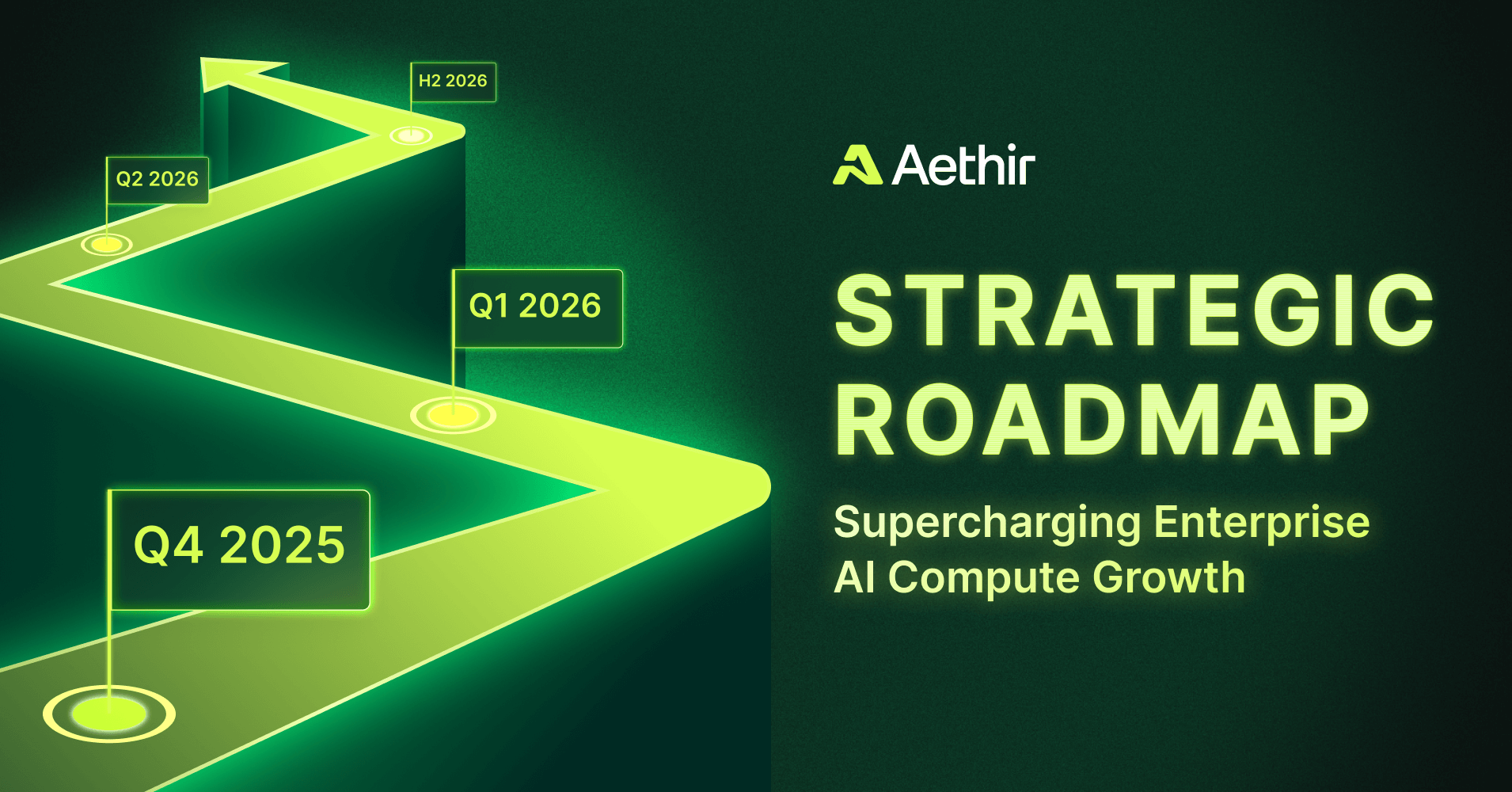The legendary 1970s song "Video Killed the Radio Star" vividly describes one of the many pivotal moments in the entertainment industry’s history when new technologies transformed how content reaches consumers. Netflix introduced movie streaming to the masses. YouTube introduced a platform for content creators to express themselves. Digital game platforms like Steam, Epic Games Store, Xbox, PlayStation, Apple App Store, and Google Play Store have all but replaced retail distribution of games. Google Stadia attempted to take the digital evolution further by eliminating the need to download a game client and thus allowing players to just stream the game from the Cloud. Still, they were ahead of their time and could not sustain operations of the new cloud-based distribution model.
Cloud gaming is not quite ready to pivot the entire digital distribution industry. However, if used strategically as part of a gaming studio’s digital publishing strategy, it can help access users who otherwise wouldn’t be able to play AAA titles due to their lack of expensive high-end gaming hardware. Furthermore, cloud gaming can improve user acquisition conversions or even change the design of a game to benefit from being pixel-streamed. As cloud gaming continues to evolve in the direction of mass global adoption, decentralized cloud infrastructure is surfacing as a cost-effective alternative to centralized cloud gaming services.
Aethir’s DePIN stack utilizes a vast decentralized GPU network to support all types of enterprise-grade cloud gaming workloads with underutilized GPU resources in a reliable and highly scalable manner. Furthermore, Aethir provides cost-effective cloud gaming solutions by leveraging decentralized edge computing for gaming workloads, thanks to our highly scalable distributed GPU cloud gaming infrastructure.
Benefits and Challenges of Cloud Gaming
Let’s have a look at some of the key selling points and challenges of cloud gaming solutions.
Lowering Entry Barriers with Cloud Gaming
A key benefit of cloud gaming is its ability to lower the entry barrier to playing high-quality games. By shifting the rendering of a game to a GPU in the cloud, as long as the user’s device has a stable internet connection that can stream video, users can enjoy uninterrupted cloud gaming on low-end devices. Eliminating the need for expensive hardware is one of the key benefits of cloud gaming for low-end devices. Games can also be played instantly without the download of the game client. The lack of downloads is also a security benefit for publishers, as the user can’t access the game executable and thus can’t hack or run cheating mods. With cloud gaming, 1.2 billion gamers from regions with dominantly low-end hardware devices can enjoy AAA game streaming. Any device with an HTML5 browser and restricted access can access premium-quality cloud gaming.
Solving Cloud Gaming Latency Issues with Decentralized Cloud Infrastructure
The first obvious challenge is requiring a reliable internet connection to stream the game from where it is running in the Cloud since roughly a third of the world’s population still doesn’t have regular internet access, but this number is constantly improving. Also, there will always be higher input latency than the game client running locally. To mitigate latency, the game needs to be running as close to the user as possible. Aethir’s decentralized GPU cloud uses an edge-computing architecture to provide cloud gaming services to end users from the physically closest available Container in Aethir’s decentralized GPU network. By doing so, Aethir is capable of efficiently eliminating latency issues. Cutting the physical distance between GPUs and end-users is how cloud gaming reduces latency through edge computing.
Another challenge is frames-per-second (FPS) and graphics quality, but the real dilemma is cost. Cloud gaming shifts the burden of the GPU cost from the user to the operator. If costs were not a problem, many powerful enterprise-grade GPUs could run games at the highest settings. To scale, the goal is to run the game optimally on the lowest specifications possible for acceptable performance. Aethir’s DePIN stack has 43,000+ top-shelf GPUs available for cloud gaming workloads in regions worldwide. With our vast GPU network, Aethir is solving latency issues in decentralized cloud gaming by distributing GPU resources globally, thus implementing edge computing for gaming. Our decentralized GPU cloud provides all the necessary compute power to our gaming clients by channeling power from the closest available resources ensuring flawless cloud gaming experiences at all times, without compromising graphics quality even at the network’s edge.
Maximizing Cloud Gaming Cost-Efficiency with Aethir’s DePIN Stack
To make cloud gaming cost-effective and scalable, gaming enterprises can pack as many game instances as possible on the available cloud gaming infrastructure. Setting up efficient cloud gaming infrastructure requires complex tech and software solutions. The engineering challenges include solving the distribution of game executables to the edge compute, running and streaming the game to the user, managing the inventory of resources, and virtualizing the resources to run the games optimally. Aethir’s gaming-focused products, such as Aethir Atmosphere, represent affordable alternatives to centralized gaming infrastructure, enabling game publishers to maximize their profits with state-of-the-art cloud computing infrastructure.
One more consideration is the use-it-or-lose-it nature of the solution. Once the resources and infrastructure for cloud gaming are procured, it is not cost-effective for it to sit idle. It is essential to know how to drive end users into the cloud gaming experience and strike the right balance between capacity and utilization. Strategies like implementing a queue can help manage situations where the number of end users exceeds capacity. Implementing autoscaling with infrastructure providers that support dynamic capacity can help handle user traffic's daily ups and downs. Still, on-demand/spot capacity tends to be more expensive than static/reserved capacity.
Evolution of Cloud Gaming Use Cases
Cloud Gaming requires the user to have a stable internet connection, incurs ongoing operational costs, and requires an investment in technology to enable it. With all these challenges, is cloud gaming a good value proposition? The short answer is yes, but only when it comes to cloud gaming leveraging decentralized GPU networks. Aethir’s decentralized GPU cloud is built to support the new era of cloud gaming and empower gaming enterprises with highly scalable cloud computing infrastructure
Let’s examine some of the key use cases gaming enterprises should consider when deciding whether to integrate cloud gaming into their business models. All of the described use cases can be supported with Aethir’s flagship gaming GPU cloud product, Aethir Atmosphere, which is capable of powering AAA game streaming at scale.
An Additional Game Distribution Chanel
Cloud gaming solutions provide gaming enterprises with an additional distribution channel for demoing a game to publishers, investors, or the press. Since the target audience is limited, the deployment of cloud gaming infrastructure can also be limited. A small deployment of infrastructure for cloud-based game demos that supports a handful of concurrent users should be sufficient for this purpose. As cloud gaming can be accessible from even a web browser, it is straightforward to share and easy to implement access control. This solution also has the benefit of security and updated distribution since the game executables are not downloaded to the end user’s device.
A natural evolution from a limited cloud gaming infrastructure for demoing a game is to use a slightly larger deployment to support alpha/beta testing or limited-seat community events/tournaments requiring AAA game streaming. Alpha/beta testers can play pre-release versions of a game without worrying about leaking the pre-release game executables, and community events/tournaments can benefit from an even playing field that uses the same hardware specs to play the game.
Supporting Studio-in-the-Cloud Game Development
Cloud Gaming can also be used to supplement the Studio-in-the-Cloud development model. QA and other testers can quickly test new builds without downloading by automating the CI/CD pipeline to push new builds into cloud gaming infrastructure. With cloud computing infrastructure, studios can opt for alpha/beta testing with cloud gaming and improve cost-efficiency, and utilize the advantages of cloud-based game testing for developers. The added security of not needing to download the game executables means cloud gaming can be used to onboard QA in remote regions, which tend to be lower cost resources and give them access to the game without managing IT distribution of company hardware. This way, gaming studios can save considerable amounts of funds during product testing phases and channel those resources into other segments of their businesses.
Supercharging User Acquisition
Another robust use case is to use cloud gaming for user engagement and enhanced user acquisition. When running an ad campaign to acquire new users, gaming enterprises can provide an instant-play option instead of a plain “download here” message. Some studies show converted users have higher levels of engagement, indicating that instant play not only boosts conversions but can drive sustained user engagement and higher LTV. Ad revenue is one of Unity’s staples, as mobile games use playable ads powered by Unity to increase conversions. Cloud gaming takes that a step further and makes the actual game playable. Using cloud gaming to supercharge user acquisition doesn’t require a complicated auto-scaling deployment, and the cost can be attributed to marketing. With Aethir Atmosphere’s InstaPlay support capabilities, gaming studios can easily implement the feature in their user acquisition strategy.
Large-Scale Game Distribution Alternative
An advanced use case of cloud gaming is to use it as an alternative to traditional digital distribution solutions like the Apple App Store or Google Play Store. This means choosing cost-effective cloud gaming solutions not as an additional distribution channel but as the main distribution option. Utilizing cloud gaming solutions as the main distribution channel for AAA game streaming is justified by the combined cost of cloud computing infrastructure and payment provider services, which is considerably lower compared to mainstream app store fees. Take the classic Apple App Store scenario and the 30% platform fees that go to Apple. Using cloud gaming and a payment provider that supports in-game catalog and payments, ~20% might go towards the OPEX for the cloud gaming infrastructure and another ~5% to the payment provider. Assuming the same Average Revenue per User or Average Revenue per Paying User, the margins are higher than selling through the Apple App Store.

Since Cloud Gaming can be accessible as an HTML5 experience, the theoretical reach of cloud gaming distribution is greater than that of traditional digital distribution channels. Any device that is HTML5 capable can play cloud-based games, making distribution into social media platforms like Facebook Messenger or Telegram possible with ease. Cloud gaming is a viable alternative to the App Store for game developers, enabling them to retain a considerably higher amount of revenue by avoiding hefty App Store fees and choosing cost-saving cloud gaming models like Aethir’s GPU cloud.
Handling High-Intensity Game Streaming
One of the most advanced use cases of cloud gaming is designing games that take advantage of the benefits of game streaming. Multiplayer games started as couch experiences and are still a staple of Nintendo’s portfolio. Online multiplayer games typically follow the client-server model, where one player acts as the server or a dedicated server acts as the source of truth. A game streamed from the Cloud can also be a source of truth. With some innovation in game design, multiplayer cloud gaming can become a viable, more advanced alternative to the traditional online multiplayer paradigm. Distributed cloud architecture can utilize decentralized GPU networks to support large-scale multiplayer experiences with the physically closest GPU resources. Aethir’s 32,000+ globally distributed Aethir Edge cloud computing devices are adept at supporting various types of hardware-intensive workloads, including high-intensity AAA game streaming. With Aethir Edge, game publishers with multiplayer-focused titles can take full advantage of Aethir’s edge computing for gaming.
Supporting Next-Level Cloud Gaming with Aethir’s Decentralized GPU Cloud
Cloud gaming’s rapid expansion puts it on an exponential growth trajectory to become the next evolutionary step of game distribution. However, to succeed, it needs to leverage decentralized cloud infrastructure. Aethir’s DePIN stack is a globally decentralized GPU network managed by 91,000+ community-owned Checker Nodes responsible for maintaining optimal service quality at all times and ensuring all of Aethir’s enterprise clients receive premium cloud computing services. Gaming companies can utilize cloud computing to reach users and lower the entry barrier to AAA game streaming. Furthermore, they can use it to acquire users and increase conversion.
Adding cost-effective cloud gaming solutions into a game publishing strategy can open new options and doors. Adopting a new technology into proven publishing practices might be intimidating, but it is also a mistake not to experiment with new paradigms and explore the role of decentralized GPU networks in next-generation gaming.






